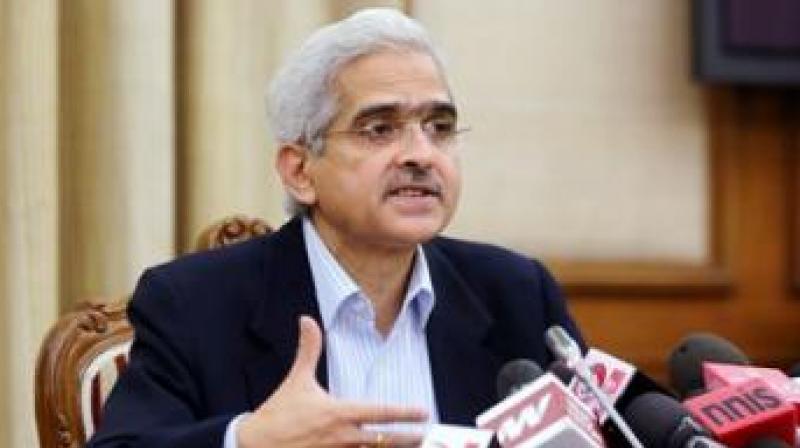As it lowers rate, RBI sees hard days ahead
The economy needs to be pumped up as every sector from automobiles to agriculture is seeing a slowdown.

The Reserve Bank’s repo rate cut (that at which banks borrow from the RBI) of an unconventional 35 basis points, from 5.75 per cent to 5.40 per cent, against the usual 25 bps, is expected to boost the affordable housing and auto sectors and lower borrowing rates in the consumer goods area. Much, however, depends on the banks passing on the benefits of the rate cut to their customers. Between February and August, banks have passed on a mere 29 basis points, which means they have significant leeway to pass on the cumulative 75 basis point rate cuts. The RBI must be appreciated for its steps taken to revive bank lending to the NBFC sector, the lifeline for the survival of the medium, small and micro sectors.
Interestingly, in reducing the repo rate, the RBI has been in sync with its counterparts globally, as the US Federal Reserve and emerging markets like Brazil and Turkey, which have all reduced their rates by 50 basis points or more. This is the fourth rate cut by the RBI since December, and it is historic in the sense that it brought the repo rate to its lowest point since 2010.
The good news for borrowers is that RBI governor Shaktikanta Das expects credit growth to pick up in the coming months after several steps taken by the RBI. Significantly, while announcing the third bi-monthly policy statement of 2019-20 on Wednesday, the governor stressed that the central bank’s highest priority was concern over growth, and particularly the need to stimulate private investment at this juncture. The bad news, however, is that he revised the GDP growth projection downwards to 6.9 per cent from the seven per cent announced in June due to domestic and global headwinds. Lower growth means less job growth, and this has been the Achilles heel of the Narendra Modi government, which had promised the creation of 10 million jobs annually. This promise never materialised, and investments in projects are at a 15-year low and unemployment at a 45-year high.
The economy needs to be pumped up as every sector from automobiles to agriculture is seeing a slowdown. Rural distress has been of concern ever since the delusional demonetisation of high-value currency notes in 2016, which caused severe hardship to the cash-dependent rural economy. Agricultural growth has been a dismal 2.7 per cent, down from five per cent in 2017-18.
Interestingly, the governor said the RBI had done its part in supporting the revival of growth and it was now up to the government to continue its structural reforms to spur growth, which has been sluggish. The Modi government is aware that without investments there can be no job creation, and that the private sector must supplement government investment. It needs, therefore, to do more to encourage investment than giving a fillip to the ease of doing business.

